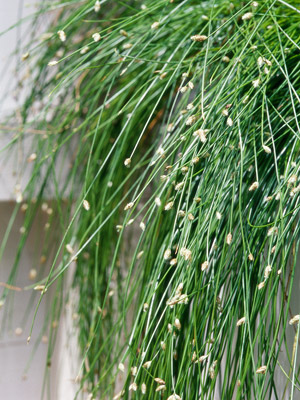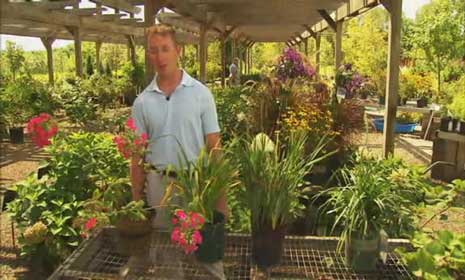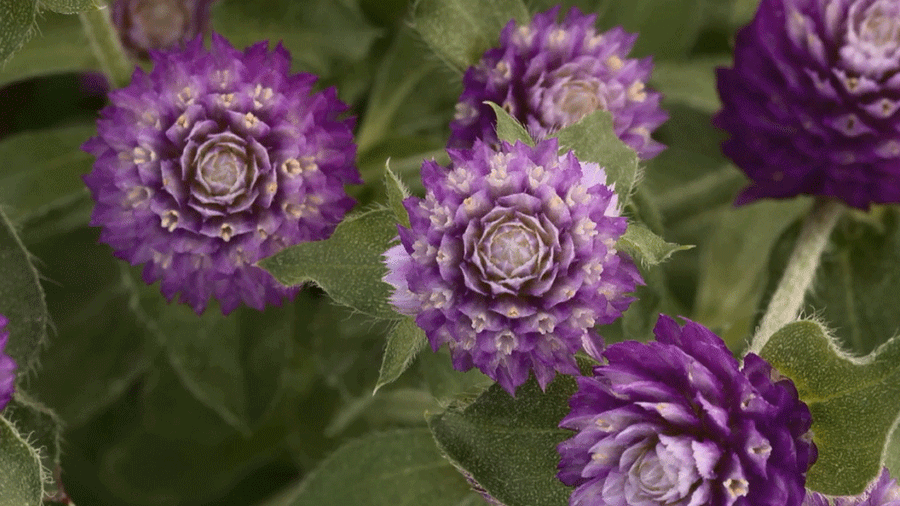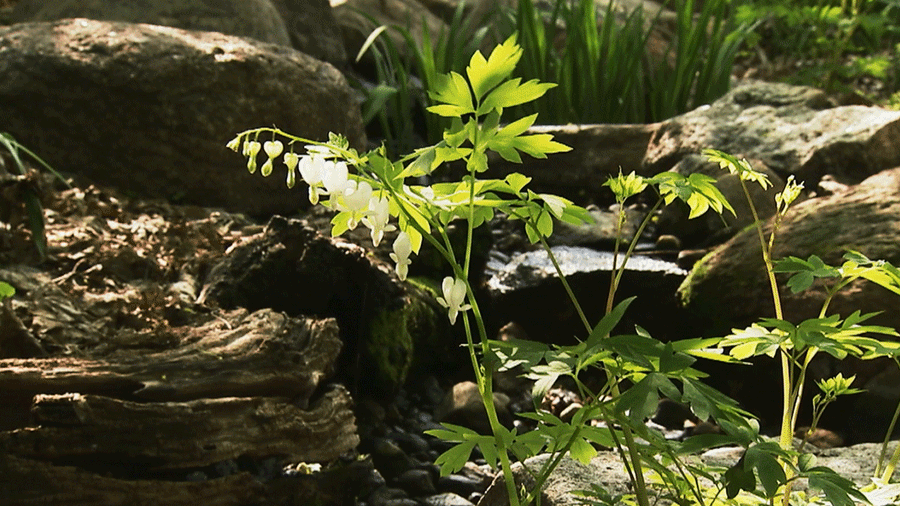

Light:
Part Sun,
Shade,
Sun
Type:
Annual
Height:
Under 6 inches to 12 inches
Width:
To 8 inches wide
Special Features:
Good for Containers,
Low Maintenance
Zones:
10-11
how to grow Fiber-optic grass
Propagation
Division
more varieties for Fiber-optic grass

‘Live Wire’ fiber-optic grass
Isolepis ‘Live Wire’ bears arching, rich green leaves on a 12-inch-tall mound.
plant Fiber-optic grass with

Snapdragon
Few gardens should be without the easy charm of snapdragons. They get their name from the fact that you can gently squeeze the sides of the intricately shaped flower and see the jaws of a dragon head snap closed. The blooms come in gorgeous colors, including some with beautiful color variations on each flower. Plus, snapdragons are an outstanding cut flower. Gather a dozen or more in a small vase and you’ll have one of the prettiest bouquets around.Snapdragons are especially useful because they’re a cool-season annual, coming into their own in early spring when the warm-season annuals, such as marigolds and impatiens, are just being planted. They’re also great for fall color.Plant snapdragon in early spring, a few weeks before your region’s last frost date. Deadhead regularly for best bloom and fertilize regularly. Snapdragons often self-seed in the landscape if not deadheaded, so they come back year after year, though the colors from hybrid plants will often will be muddy looking. In mild regions, the entire plant may overwinter if covered with mulch.Shown above: ‘Rocket Red’ snapdragon

Gerbera daisy
Gerbera daisies are so perfect they hardly look real. They bloom in nearly every color (except true blues and purples) and produce fantastically large flowers on long, thick, sturdy stems. They last for a week or more in the vase, making them a favorite of flower arrangers.This tender perennial will last the winter in only the warmest parts of the country, Zones 9-11. In the rest of the country, it is grown as an annual. It does well in average soil; it likes soil kept evenly moist but not overly wet. Fertilize lightly.

Impatiens
What would we do without impatiens? It’s the old reliable for shade gardens when you want eye-popping color all season long. The plants bloom in just about every color except true blue and are well suited to growing in containers or in the ground. If you have a bright spot indoors, you may be able to grow impatiens all year as an indoor plant.
tips for choosing and caring for annuals
Trend Spotting with BHG: Flower Combinations
-

How to Pick Healthy Plants
-

The Best Annual Flowers of 2014
-

Top Shade Garden Plants
more videos
SOURCE:http://www.bhg.com/gardening/plant-dictionary/annual/fiber-optic-grass/